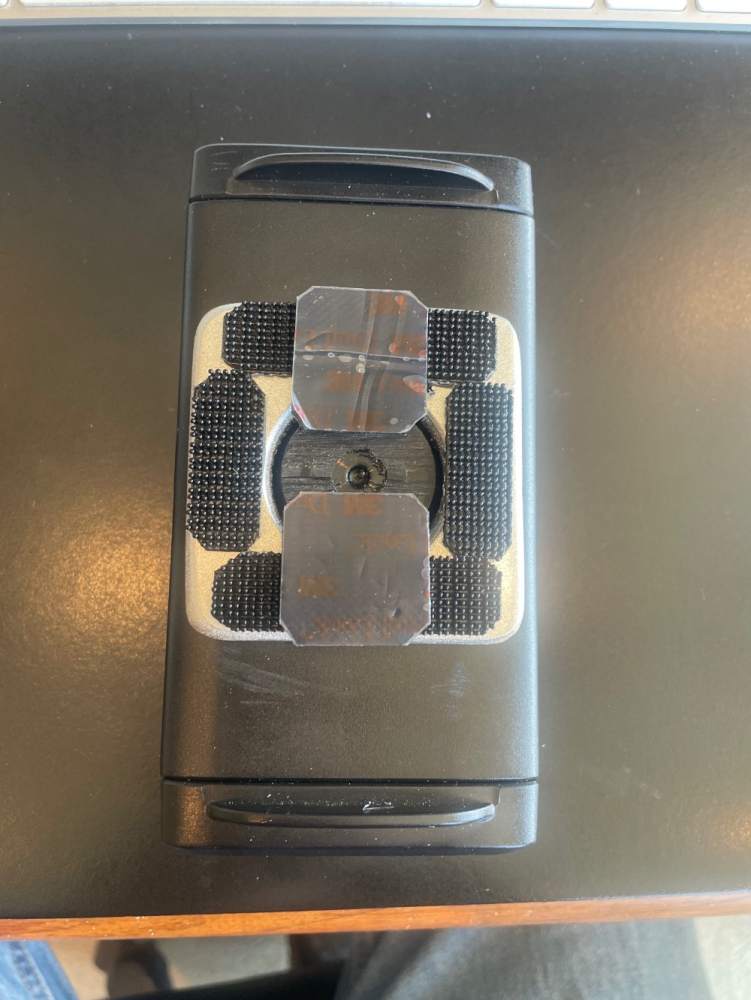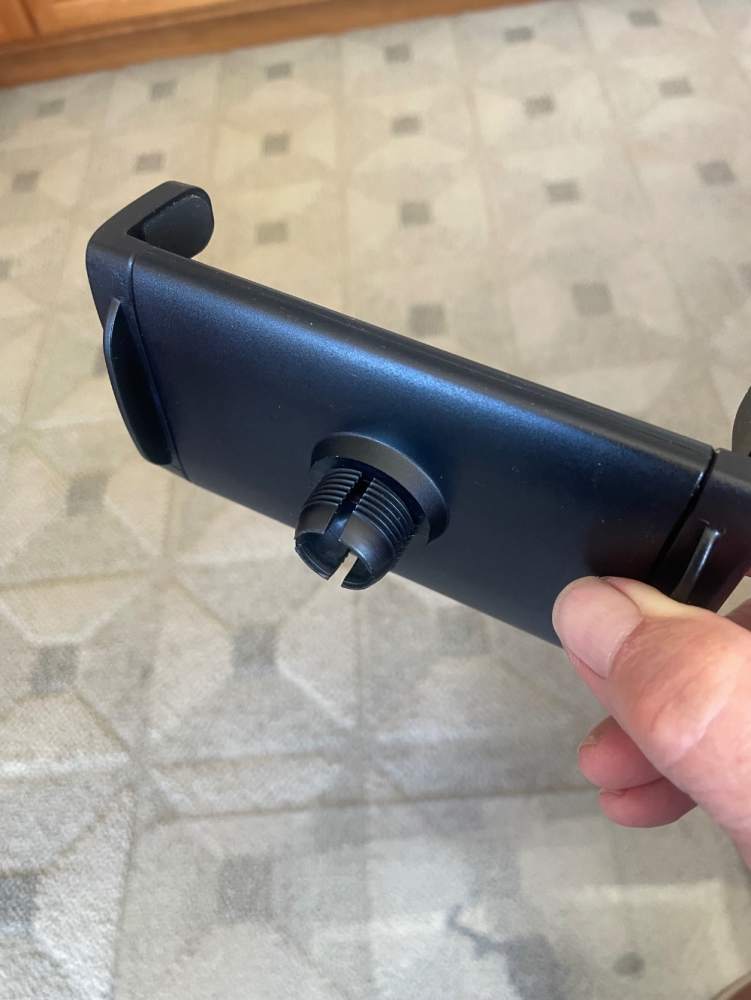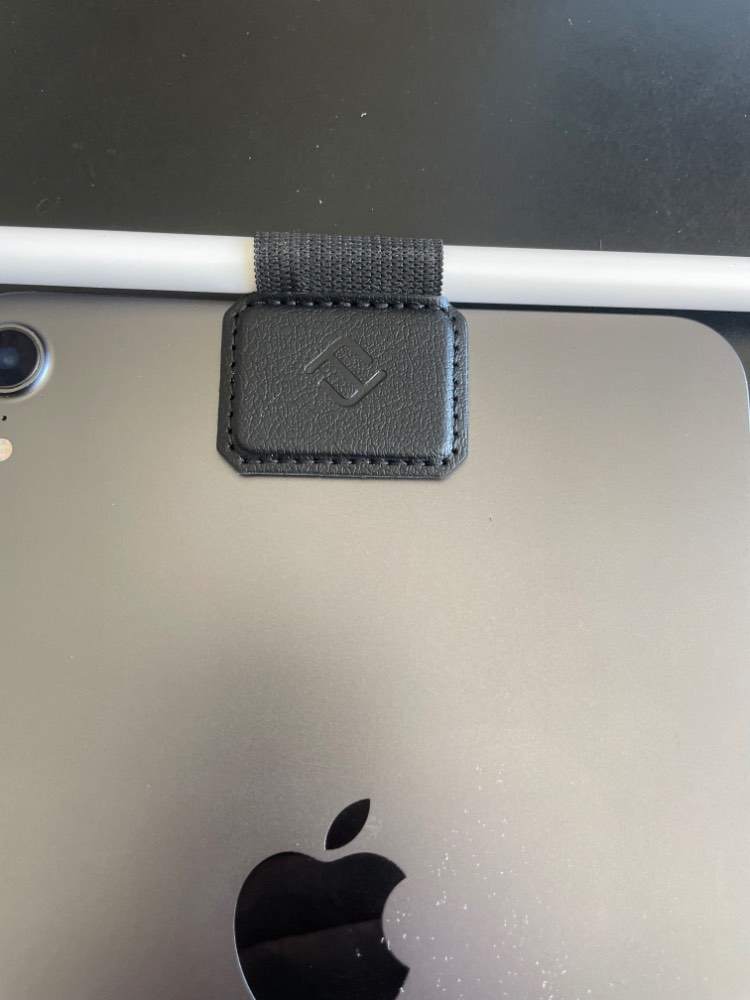
Steve Hughes
Verified Member-
Posts
17 -
Joined
-
Last visited
Profile Information
-
Gender
Male
-
Location
Auburn, WA
-
Interests
www.BlueSkiesFlying.Club
-
Reg #
N5733Q
-
Model
M20E
-
Base
KS50
Recent Profile Visitors
The recent visitors block is disabled and is not being shown to other users.
Steve Hughes's Achievements
-
Thanks, Bart. Yeah, what you describe is kind of what I'm thinking part of our issue might be, in addition to the block. Very doubtful about corrosion given the plane came from San Diego and Arizona before that, but the spring inside the handle could be compressed, so I may want our A&P to have a look. And, yeah replacing that block(s) is a priority; unfortunately Lasar says they don't have any and no restocking in sight. Any other places carry them?
-
Our A&P found that "lip" and sanded it a bit to smooth it out. I read about gear collapse after landing due to the oval shape. I'll check that issue next flight.
-
We're in for our first annual and on our squawk list to check is the Johnson bar doesn't seem to spring up into the down-lock holder completely. We physically have to lift and twist to get it to the point where it engages the gear down light. Our A&P isn't seeing information on how the bar operates or how to disassemble it to check its function. Anybody have any experience on how it works or how to free it up to spring into place like it should?
-
Our club will be sending our plane in for some avionics upgrades and one of our annoyances is that the key is so close to the side wall, that it is very difficult to turn to start the engine. One of our instructors suggested adding a push button ignition instead. Has anyone done this? We don't have room for the ElectroAir model on Aircraft spruce, so it would need to be a round 3/4" button.
-
iPad Yoke Mount for M20E w/ Clock
Steve Hughes replied to Steve Hughes's topic in Vintage Mooneys (pre-J models)
I tried the Steelie magnetic ball and it stuck to the iPad really well, but even the slightest bump and the ball and socket slid around. I pulled that off before the adhesive became permanent. So here's what I found that worked for me after buying three different failure mounts. I took the mount for a bicycle with a flexing shaft and a small profile clamp. I removed the clamp and just took the clamp part and cut off the threaded socket on the back that the ball secures to, and then cut out a piece of 1/4" plywood the same size as the face of the chronometer (2.5" x 2.5"). I then used some 3M VHB dual stick tape to adhere the plywood backer plate to the back of the clamp to flush it up with the base of the threaded socket. On that plate, I stuck on some Dual Lock (a strong type of Velcro) and put a couple of pieces on the face of the chronometer. With that I was able to just press the clamp's Dual Lock into the chronometer and it is at the right spot and angle, no clamp to hit the controls and/or knobs or other things that might impact the full use of the yoke. I can also orient the clamp either vertically or horizontally with this configuration, just can't change the tilt much. It's very small and fits into my flight bag's iPad pouch with the iPad. I also stuck a Fintie pencil holder to the back of the IPad to keep the Apple Pencil secure. I got tired of that thing falling off the magnet and rolling around the cockpit. Let me know if you have any questions. -
Yeah, same here. Used a metal cutting blade and then some sandpaper on the edges. Our instructor broke ours so I used the two pieces as a template. And like the OP, I got the sheet online at Amazon.
-
This has probably been asked and answered 1,000 times but I can't seem to find what I'm looking for. I've tried three variations on an iPad mini yoke mount and just can't seem to make it work. The Ram clamp mount hits controls on the panel and sits too high; I tried a flexible-arm clamp mount for a bicycle and the back ball holds the iPad too high, covering the gauges or too close to read the screen. I tried some straps and that was a loser. Any suggestions for a better solution?
-
The one in that video was way easier than our plane (or that dude is way stronger than I). I get it out of the lock and pull and it takes every bit of arm strength I have to pull it past about the 1:30 position where I can put some weight on it to go the rest of the way. I just found a blog post by Lasar that said: "It is risky to allow discs to age to the point that they don't fully extend the lower leg and tire. Three things can happen: 1. The gear extension safety switch may not function correctly, 2. The possibility of the shock spacer plate at the top of the disc stack may rotate to a PLACE where it may contact THE RETRACT mechanism on the main spar in the wheel well and prevent gear retraction... 3. Gear legs that don't fully extend may misalign with the gear door and mating fairings and cause damage when retracted." And I found in the log books that the main pucks are 16 years old and the nose are 20yo.
-
Hey folks, We are getting trained up in our new-to-us M20E with manual gear. Things are going very well except for how hard it is to raise and lower the gear. We had the gear lubricated and the Johnson bar cleaned and lubed, but it is still much harder to operate than I feel it should be. I would guess that it takes about 75 to 100 lbs of force to raise the gear, enough that our instructor has to fly the plane while the pilot works the bar. Some research is suggesting that the shock disks should be replaced. Is this something we should be considering?
-
New Flying Club Forming at Auburn, WA S50
Steve Hughes replied to Steve Hughes's topic in Miscellaneous Aviation Talk
You might also list it on ShareMyAircraft.com. I think I've gotten a number of inquiries from that. Also, if your airport puts out a newsletter, they may be happy to put an article in it (especially if you write it for them) about the club in formation. -
New Flying Club Forming at Auburn, WA S50
Steve Hughes replied to Steve Hughes's topic in Miscellaneous Aviation Talk
Well, it's taken a lot longer than I had hoped, but we have some members and we are closing on a new-to-us M20E! We still have some memberships available so it you want a great deal on a mighty fine plane, come join us. www.BlueSkiesFlying.Club (updated just this month). -
New Flying Club Forming at Auburn, WA S50
Steve Hughes replied to Steve Hughes's topic in Miscellaneous Aviation Talk
Just an update on the club. We are established with the state and feds and are getting some good "very interested" responses. With lots of new input and information, I did an overhaul of our website which I hope will generate even more interest to get to our total of 10 members. Check it out: www.BlueSkiesFlying.Club -
New Flying Club Forming at Auburn, WA S50
Steve Hughes replied to Steve Hughes's topic in Miscellaneous Aviation Talk
Just an update on the financials as we get more and more accurate information. We have the insurance companies agreeing to finance the insurance with 40% down, and got a quote from an on-field A&P for the basic annual of $3,162. One interested pilot called me and recommend we seriously look at upping the budget to also consider the J model. And I also have watched a number of videos from the great Mike Busch who strongly recommends a thorough pre-buy and then maintaining the plane to extend TBOs as much as 250%. So we're considering dropping the overhaul reserves and plan on a special assessment for eventual overhauls, which would be roughly $2.5 - $3k, and several years down the road. With this revised budget the pro forma numbers look like: Buy-in -- $5,500, Monthly dues -- $153 and hourly rate at $51. (All of these numbers will get further dialed in once we all get closer to securing the plane and bringing it home). We've gotten our state license as a non-profit corporation and are listed in the AOPA Flying Club Roster. We currently have six folks who have expressed strong interest in joining. Hoping to get the club off the ground by this spring! If you're interested don't hesitate to check out our website and send me a message with your contact info. -
New Flying Club Forming at Auburn, WA S50
Steve Hughes replied to Steve Hughes's topic in Miscellaneous Aviation Talk
The budgetary insurance quote I got from the nice folks at AOPA (checking with their affiliate) was for $7,950/year, which I know is high compared to a single pilot-owned plane. For the hourly rate, I included a 100 hour inspection at $1,100, three oil changes at 50 hours at $150 each per year, oil consumption at $1.20 per hour, $25/hour engine overhaul reserve (assuming we get a plane with <1000 SMOH), $10/hour prop overhaul reserve and $10/hour general maintenance. So total hourly rate rounds up to $57/hour; so you and I are pretty close, although I have the 100 hour inspection and you have the mag inspections. AOPA also has a great spreadsheet calculator that helps take the amortized dues and hourly rate and with fuel added (we're currently down to ~$5.50/gallon), I'm coming up with a cost per hour of $125.25 plus state tax including fuel flying 8 hours per month. More hours lowers the rate, less increases it. I was paying $182/hour to rent a C172 trainer at an airport where I'd be on the ground in the queue to take off for at least 30 minutes and downwind in the pattern was frequently extended as much as 5 miles before turning base. I appreciate everyone's insight! -
New Flying Club Forming at Auburn, WA S50
Steve Hughes replied to Steve Hughes's topic in Miscellaneous Aviation Talk
Thanks UteM20F. I did contact AOPA's insurance contact and they did say that "while we're not thrilled about this", they then gave me some requirements they would require for experience in type and make and model and a budgetary cost (which was almost double what I've heard most folks pay) so I was able to work up a feasibility pro forma based on that. I would hope it would come down after members can show more experience over time. In AOPA's "Guide to Starting a Flying Club" they bring up this insurance issue and do say that over 5 insureds can be problematic until you get up to 10. And they recommend a club size at 10:1 (members:plane) ratio. And great point on getting a reserve up front to cover the unforeseen glitches that would come up at annual inspections. I'm budgeting for 100 hour inspections as well; does your club have this done or just the annual?






